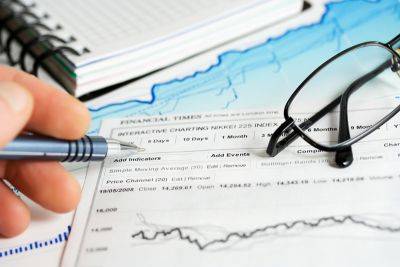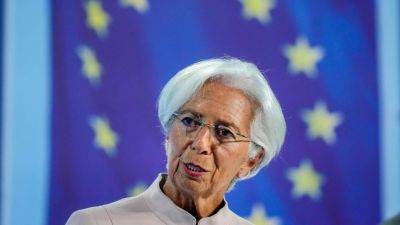Federal Reserve keeps interest rate steady, says inflation remains elevated
Federal Open Market Committee kept its interest rates steady in a range of 5.25% to 5.5%, a 22-year high, after the end of its two-day meeting. Majority of economists polled by Bloomberg had expected the Federal Reserve to pause its interest-rate hikes, though a recent spike in oil prices has raised concerns another hike may lie ahead.
From March 2022 through May 2023 the Fed raised rates at 10 successive meetings — by anywhere from a quarter to three quarters of a point — as it fought the worst rise of inflation since the early 1980s.
In June the Fed paused before hiking again in the July meet.
Data since the Fed's last meeting, while generally supporting the view of slowing inflation alongside continued economic growth, has been somewhat mixed as the pace of headline price increases recently jumped. Price increase pressures have showed signs of persistence.
And signs have grown that the job market isn’t as robust as it had been, which helps keep a check on inflation: The pace of hiring has moderated.
The number of unfilled openings fell sharply in June and July. And the number of Americans who have started seeking work has jumped.
«Recent indicators suggest that economic activity has been expanding at a solid pace.
Job gains have slowed in recent months but remain strong, and the unemployment rate has remained low. Inflation remains elevated.,» the US Fed in a statement.
«Tighter credit conditions for households and businesses are likely to weigh on economic activity, hiring, and inflation.
The extent of these effects remains uncertain. The Committee remains highly attentive to inflation risks,» the Fed said.
This week’s Fed meeting comes as central banks around the world are mostly raising rates to fight inflation,


























